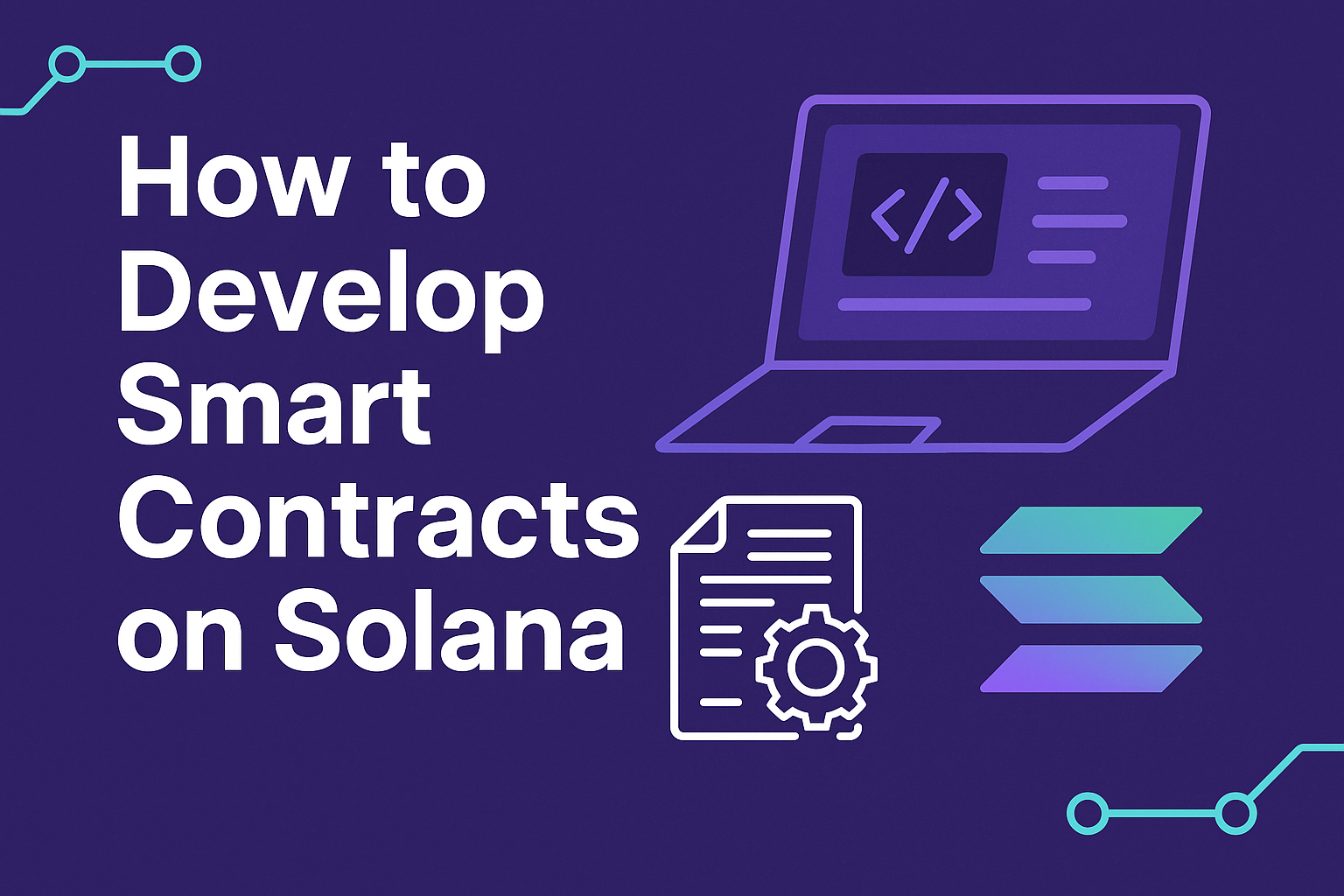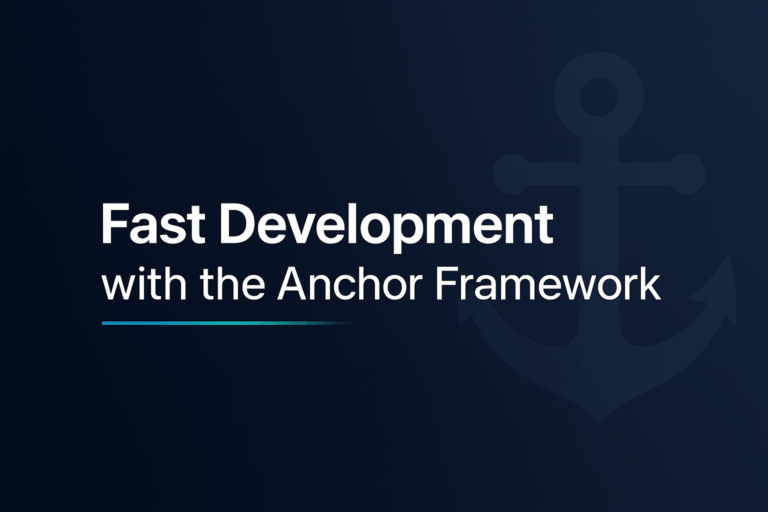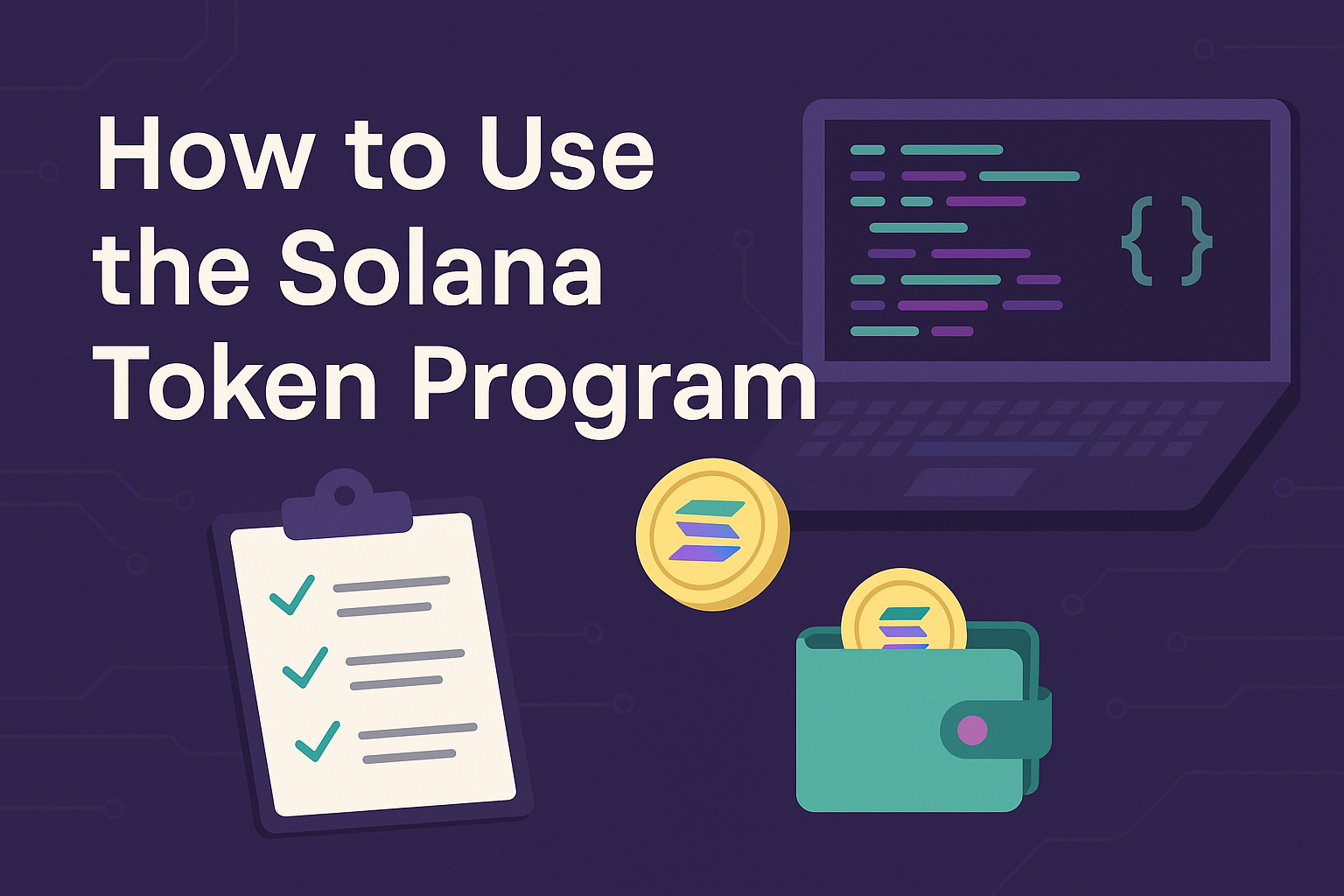Solana Wallet Integration and API Usage
The rise of the Solana blockchain has created an entirely new wave of decentralized innovation. Known for its low fees and lightning-fast throughput, Solana has become the go-to choice for developers building scalable decentralized apps (dApps).
But while Solana’s core technology is powerful, real adoption hinges on seamless wallet integration and developer-friendly APIs.
In this article, we’ll dive into the mechanics of Solana wallet integration, explore the APIs that power modern Solana dApps, and provide real-world context for how projects are leveraging these tools today. Whether you’re a developer looking to integrate SOL transactions or a product manager evaluating the Solana ecosystem, this guide will give you the clarity you need.
Table of Contents
🚀 Why Wallet Integration Matters in the Solana Ecosystem
At its core, a wallet is more than just a digital purse for tokens—it’s the user’s gateway to the entire Solana ecosystem. Without seamless wallet support, even the most innovative dApp risks alienating users.
Think of wallets as passports. Just as a passport allows you to cross borders and participate in global activities, a Solana wallet authenticates users, signs transactions, and grants access to decentralized financial services, NFT marketplaces, and on-chain games.
Key Roles of Solana Wallets
- Identity & Authentication: A wallet address acts as a user’s unique identifier in dApps, replacing traditional login credentials.
- Transaction Signing: Every transfer of SOL or tokens, as well as smart contract execution, requires cryptographic signatures handled through wallets.
- Asset Management: Wallets manage not only SOL but also SPL tokens (the Solana equivalent of ERC-20 tokens).
- dApp Connectivity: Wallets bridge users and applications, offering one-click connections to Web3 experiences.
🛠 Popular Solana Wallets for Developers
Before discussing APIs, it’s essential to understand which wallets dominate the space and how they differ. Integrating with leading wallets ensures broader user accessibility.
Phantom Wallet
Often called the “MetaMask of Solana,” Phantom offers a clean user experience and robust developer tools. Its browser extension supports direct in-app integration, making it a favorite among NFT marketplaces and DeFi apps.
Solflare
A multi-platform wallet (web, mobile, browser extension) with staking support, Solflare is often chosen by projects prioritizing accessibility and mobile-first design.
Backpack
Built by Coral, Backpack is not just a wallet—it introduces “xNFTs” (executable NFTs). For developers, this opens new frontiers of distribution, where apps themselves can live inside wallets.
📡 APIs for Wallet Integration
When building on Solana, developers rarely interact with raw blockchain nodes directly. Instead, they rely on APIs, SDKs, and client libraries that abstract away low-level complexity.
@solana/web3.js
The @solana/web3.js< JavaScript library is the backbone of wallet and dApp integration. It handles tasks such as:
- Generating and managing keypairs
- Constructing and signing transactions
- Interacting with Solana JSON RPC endpoints
- Fetching account and program state
Example: sending SOL to another account with @solana/web3.js is only a few lines of code:
import { Connection, PublicKey, SystemProgram, Transaction } from "@solana/web3.js";
const connection = new Connection("https://api.mainnet-beta.solana.com");
const recipient = new PublicKey("RecipientPublicKeyHere");
const transaction = new Transaction().add(
SystemProgram.transfer({
fromPubkey: wallet.publicKey,
toPubkey: recipient,
lamports: 1000000, // 0.001 SOL
})
);
await wallet.signAndSendTransaction(transaction);
Wallet Adapter Framework
The Solana Wallet Adapter provides a standardized framework to connect multiple wallets. Instead of hardcoding Phantom or Solflare integration, developers can implement one adapter layer and automatically support a range of wallets.
RPC Providers
To query blockchain data, developers rely on RPC providers like Helius, QuickNode, or Alchemy. These APIs offer enhanced performance, indexing, and webhooks, far beyond the vanilla RPC nodes. For example, Helius provides NFT-specific APIs that abstract away complex parsing of metadata accounts.
🌐 Real-World Applications
NFT Marketplaces
Platforms like Magic Eden integrate Solana wallets for seamless buying, selling, and minting. By leveraging wallet adapters and RPC providers, these marketplaces can handle tens of thousands of daily transactions while keeping user friction minimal.
DeFi Protocols
Projects like Mango Markets and Raydium rely on wallets for trade execution and liquidity provision. In this context, APIs not only handle transactions but also provide real-time market data to frontends.
Gaming and Metaverse
Solana’s ultra-low fees make it attractive for play-to-earn games and metaverse projects. Wallet integration here ensures players can earn and transfer in-game assets without cumbersome processes. Backpack’s xNFTs are a fascinating case: entire mini-games can exist as executable NFTs within a wallet.
⚡ Common Integration Challenges
Transaction Finality
Solana boasts sub-second block times, but developers must still account for confirmation states. Mismanaging finality can lead to confusing UX, where users think a transaction “failed” when it’s merely pending.
Security & User Education
Wallet integrations are potential phishing targets. Developers should always implement clear signing prompts and warn users against blindly approving transactions.
Scalability of RPC Usage
Heavy reliance on free RPC endpoints often leads to rate limits. Production-grade apps should invest in premium providers for reliability.
📈 Recent Developments in the Solana Ecosystem
2024 has seen a surge in Solana adoption, driven by the rise of compressed NFTs, priority fees for faster confirmation, and the expansion of payment solutions like Solana Pay. For wallet and API integration, these updates mean developers can now build even more efficient, user-friendly applications with predictable costs.
Additionally, the ecosystem is experimenting with account abstraction—allowing for more flexible transaction models, potentially reducing friction for mainstream users who may not fully understand private keys or seed phrases.
✅ Best Practices for Developers
- Use the Wallet Adapter Framework for multi-wallet support out of the box.
- Leverage trusted RPC providers instead of public nodes in production.
- Always surface clear transaction prompts and error states for users.
- Implement optimistic UI to improve UX during transaction confirmation.
- Stay updated with Solana developer docs and community tools.
📝 Conclusion
Wallet integration and API usage are the lifeblood of building dApps on the Solana blockchain. From Phantom to Backpack, from @solana/web3.js to advanced RPC providers, developers have a rich toolkit at their disposal.
The key to success is balancing technical rigor with user-centric design—ensuring that wallet connections feel seamless, transactions are reliable, and APIs provide the performance needed for scale.
As Solana continues to mature, now is the ideal time to dive deep into wallet integration and API development. If you’re building the next wave of decentralized experiences on Solana, start experimenting today—your future users will thank you.
Have you integrated Solana wallets into your project yet? Share your experience or challenges with the community—we’d love to hear your thoughts.



Comments